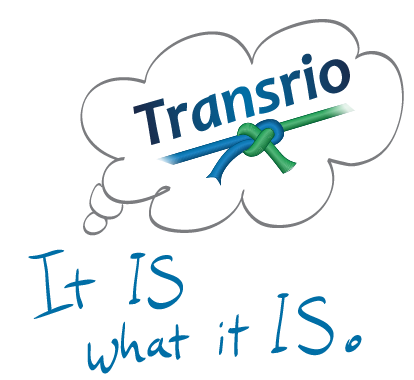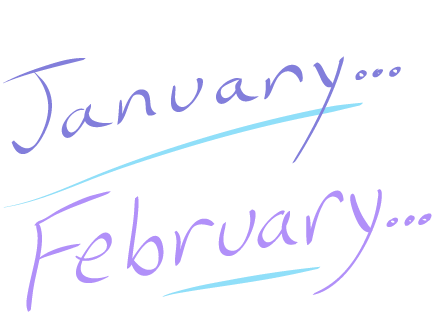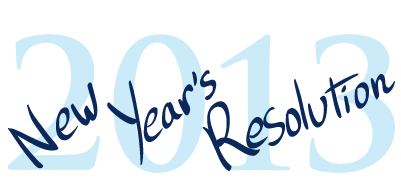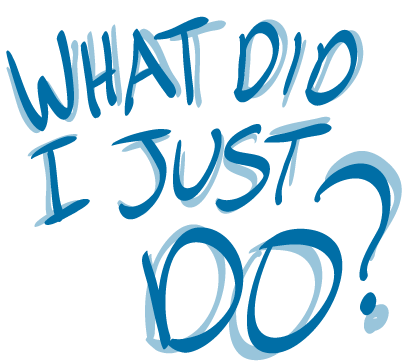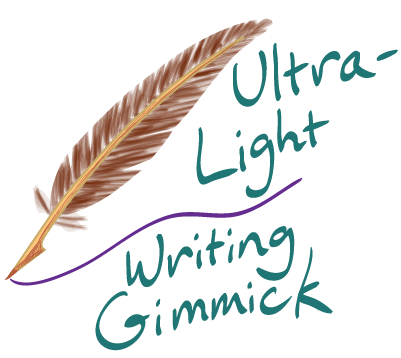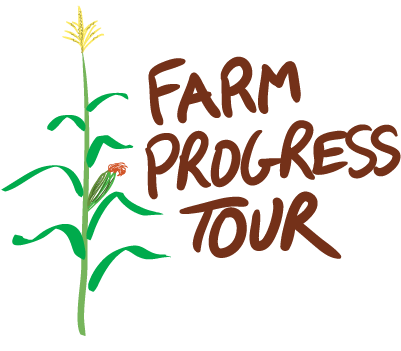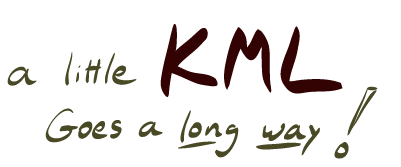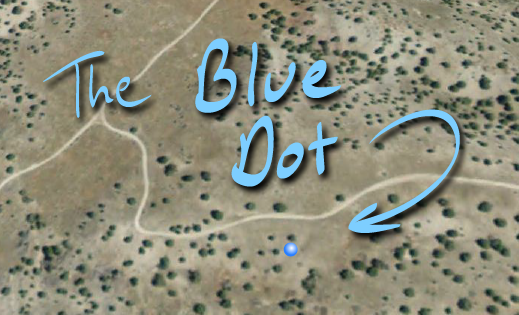June 10, 2013
At peace with the news
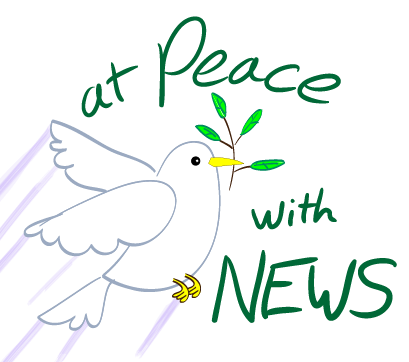
My father had a reputation as a very smart guy who, at the same time, was notoriously bad at taking care of his own health. He never exercised, he worked himself ragged, drank a fair bit, and smoked right up to the day the doctors put him on oxygen. Nevertheless, he also did a lot of things right, and – like any father’s son I suppose – I owe a great deal of who I am, to who he was.
As a kid I was lucky enough to be smart enough to appreciate Dad’s virtues as virtues, while understanding his vices were just vices. Any kid who’s paying attention has an opportunity to learn twofold from their parents, once by mimicking their strengths, and once again by seeing what doesn’t work, what not to do.
And so I grew into a man with my father’s appreciation of beauty, his love for nature and science, his decency and honesty, his eye for a good design and his love for anything that simply works. And an ability to tie a fast bowline. Conversely, I never smoked, I kept work and play in balance, I ate healthy, and I got outside for a run every day. These are all things I owe to my dad.
What’s this got to do with news? (more…)
Filed by Pete under Knowledge mgt,Language,Recommendations
No Comments
